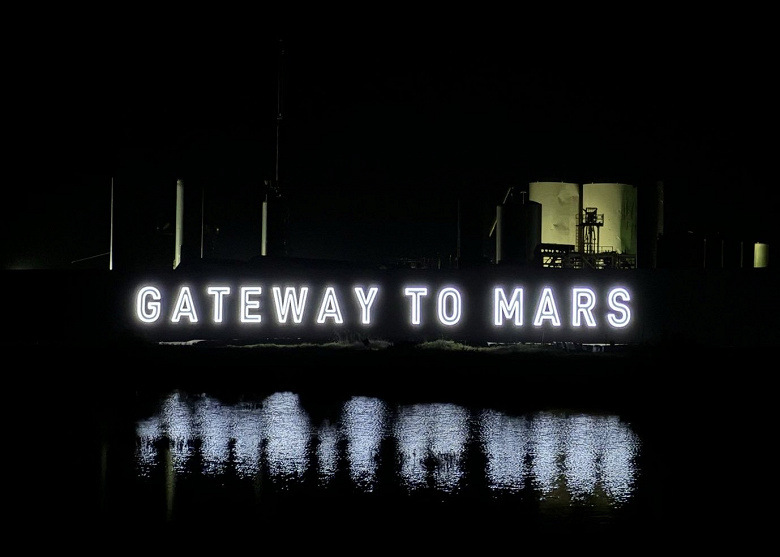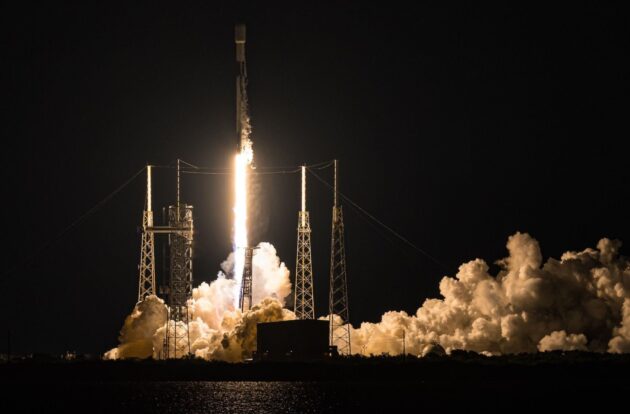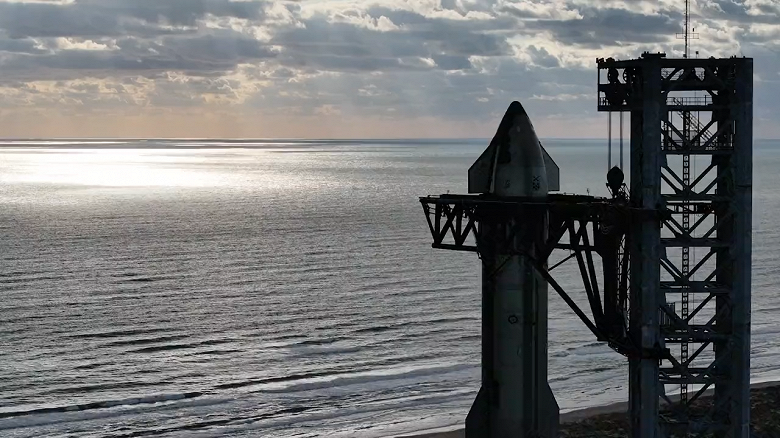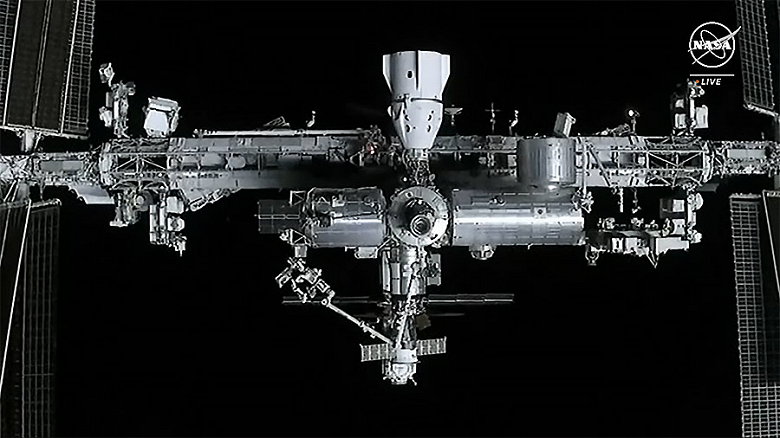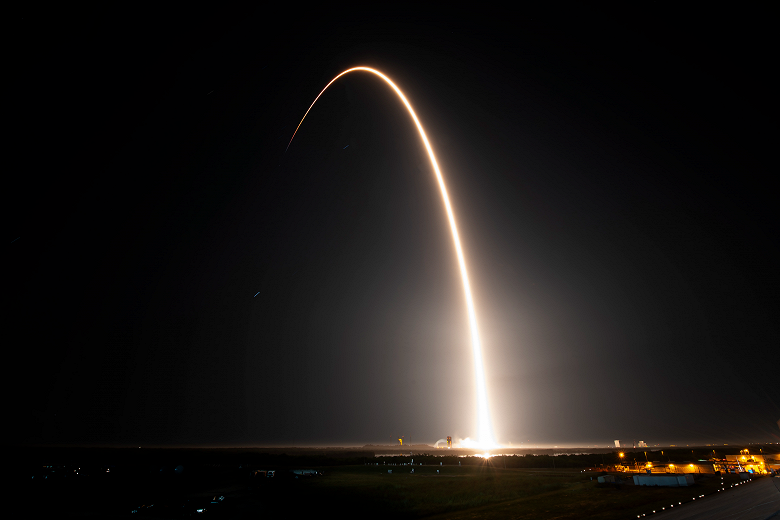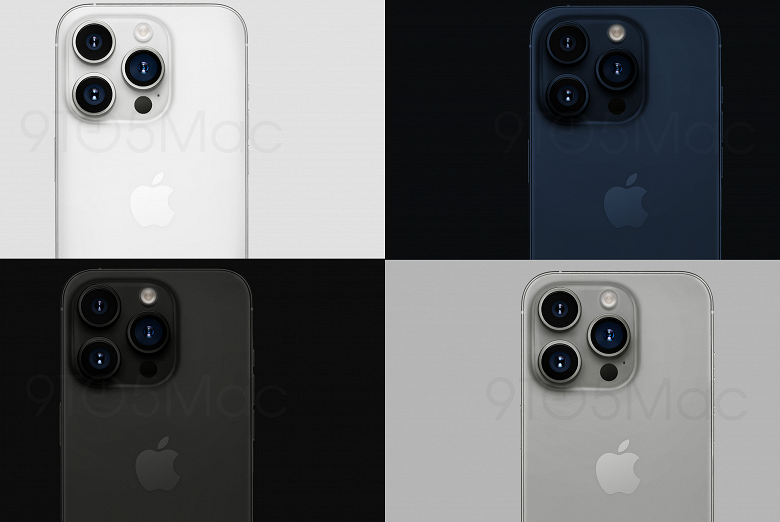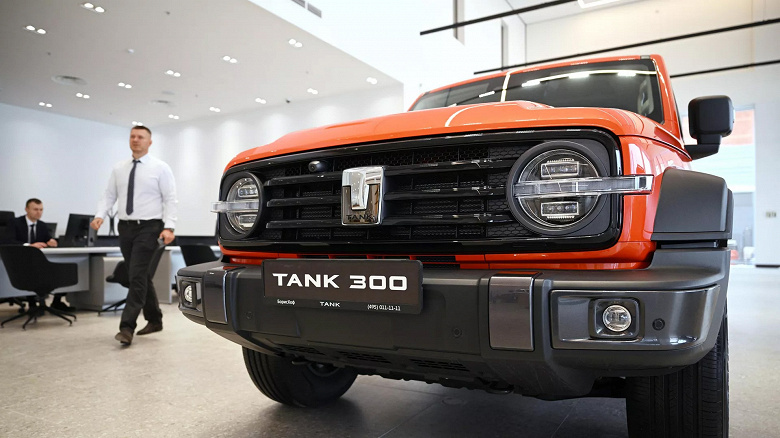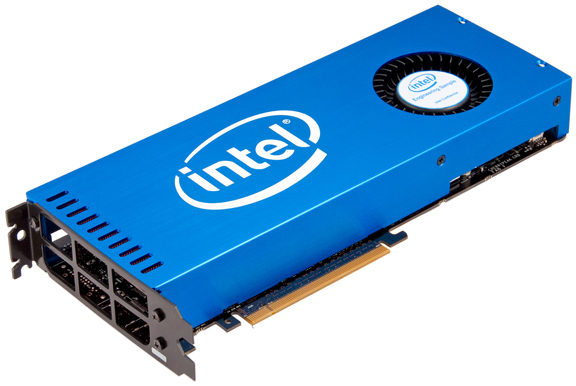The head of Rocket Lab told why he is creating a competitor to SpaceX Falcon 9 and how going public will help this
Rocket Lab announced yesterday that it is developing a new, larger, reusable launch vehicle, Neutron, which will compete with SpaceX’s Falcon 9. Simultaneously, the start-up private space company announced it would go public through a merger with SPAC mergers and acquisitions). TechCrunch spoke with Rocket Lab founder and CEO Peter Beck to clarify the situation.

Rocket Lab quickly made a name for the space industry by launching small satellites with its ultralight-class Electron rocket with a composite body and a 3D-printed engine. Why is the company creating Neutron now, and why did it simultaneously decide to go public? These two things are closely related.
“We are successfully launching Electron for many clients. Besides, we have the Space Systems Division, which supplies components for several spacecraft, including some of the large satellite constellations, ”said Mr. Beck. ” So we have a solid relationship with a lot of different clients, and we think we have a good idea of where the industry is heading and where its main pain points are.”
It was these pain points that made me tackle the Neutron, a two-stage reusable rocket. The Rocket Lab had previously recognized as erroneous the previous views of Peter Beck that the launch market did not need returnable rockets. As a result, a system was developed that allows partially reusing the Electron. In Neutron, the company goes further: the rocket will include a first stage that can get back to Earth and land on a platform at sea in the spirit of SpaceX Falcon 9.
“The creation of Neutron was driven by two separate factors: first, the market’s current needs. Besides, if you look a little ahead, “Neutron” will be able to deliver into orbit the vast majority (over 90%) of all satellites that are in some form of planning. And if you look closely at these satellites, 80% of them are mega-constellations (large groups of hundreds and thousands of vehicles). So in talking to a bunch of different customers, it was pronounced that a mega-constellation machine is what the market really needs, ”he added.
Beck argues that the combination of such market needs with an analysis of past launches, in which most of the large launch vehicles took off from half the payload, led to creating a rocket with a total payload of 8 tons. This, according to the company, is the most sought-after niche, where the rocket will almost always take off at full load and at the same time will be able to meet the needs of most companies that need to launch satellites.
Peter Beck continued: “We have come a hard and difficult way developing Electron. We definitely agree with Elon Musk that, in reality, the hardest part of building a rocket is scaling up production. Getting into orbit is difficult, but scaling up production is much more challenging. The good news is that we went through all of this. Moreover, production is not just a product in the workshop: it is ERP information systems for organizing production and operations, quality control systems, finance, supply chains, and so on, and so on. And we have already built all this complex infrastructure ”.
In addition to factory and manufacturing processes, infrastructure, Electron and Neutron will share common size-independent elements like computing and avionics. Most of the work done to obtain Electron’s certification for launches will go to Neutron, reducing costs and time. The head noted that Electron-made Rocket Lab be extremely cost-effective, making Neutron more competitive.
“Since Electron has a launch price of $ 7.5 million, we just had to look for ways to do things super efficiently,” he said. – If we are talking about the price of $ 7.5 million, you cannot afford to spend $ 2 million on flight safety analysis, payload analysis, etc. With a car worth $ 60 or $ 80 million, this can be amortized. Thus, we were forced to do everything super efficiently. And this is not only the systems but also the fundamental design of the launch vehicle. Therefore, when we apply all this knowledge to Neutron, we are confident that we will bring a highly competitive product to the market. “
About the SPAC merger, Beck said the decision to go public now really boils down to two reasons: the first is raising the capital needed to build Neutron, as well as funding other projects, including several acquisitions needed to expand the business. Why pursue a merger with SPAC instead of a traditional initial public offering (IPO)? The company considers this approach to be more efficient and guaranteed.
The SPAC deal, once completed, will result in approximately $ 750 million in cash for Rocket Lab. “Having all the necessary capital ready for work really sets us up to move forward actively,” the head emphasized. – If you look at the history of Rocket Lab, so far, we have spent only a couple of hundred million dollars on all that we have already done. So after attracting $ 750 million to the company, I expect great success. “
